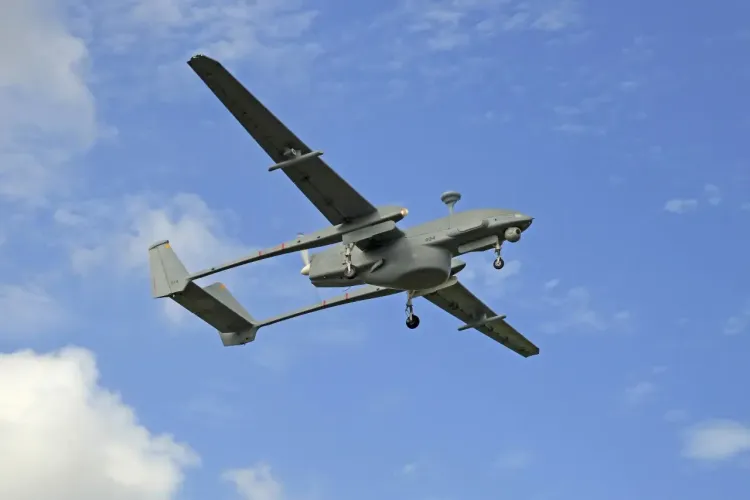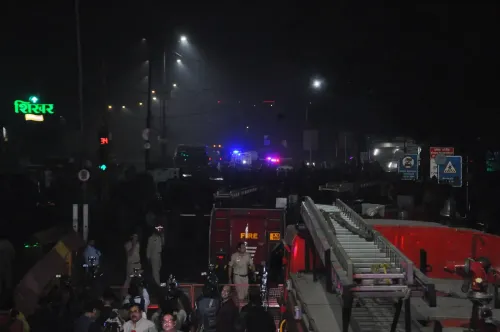What is Exercise Trishul? More than 40 IAF jets, 30,000 army personnel, and 20-25 Navy assets participate

Synopsis
Key Takeaways
- Jointness: Emphasizes collaboration among Indian forces.
- Inter-agency Coordination: Involvement of multiple security forces enhances effectiveness.
- Modernization: The exercise supports India's ongoing military advancements.
- Strategic Readiness: Preparedness for evolving security challenges in South Asia.
- Innovation: Focus on integrating technology in military operations.
New Delhi, Nov 10 (NationPress) Following the success of Operation Sindoor, which dismantled terror camps within Pakistan, the Indian Security Forces initiated the Tri-service Exercise Trishul on November 3. This significant event involved essential elements from the Indian Navy, Indian Air Force, and Indian Army.
Defense officials reported that the exercise featured 20-25 naval assets, both surface and subsurface, including amphibious platforms, over 40 aircraft supported by ground-based assets from the IAF, and more than 30,000 personnel from the Indian Army, along with indigenous weapon systems. The exercise took place from November 3-7 across crucial regions such as Rajasthan, Gujarat, and the North Arabian Sea.
The involvement of the Indian Coast Guard, BSF, and additional central agencies further enhanced inter-agency collaboration, showcasing the principles of Jointness, Aatmanirbharta, and Innovation.
This exercise's primary objective is to foster collaboration among the security forces at a time when the global security framework is under strain and complex security challenges persist in South Asia.
“The exercises encompass electronic warfare, cyber operations, drone and counter-drone activities, Intelligence, Surveillance, and Reconnaissance (ISR), as well as Air Defence Control and Reporting, reaffirming our Tri-Service readiness to excel in both virtual and physical arenas through seamless integration of Land, Sea, and Air for coordinated joint operations,” an official stated.
In the Thar Desert, formations from the Southern Command are conducting intensive integrated maneuvers via Exercises MaruJwala and Akhand Prahaar, aimed at validating combined arms operations, mobility, and joint fire integration under realistic conditions, as reported by Indian Army officials on November 8.
In a similar vein, the Indian Army executed Exercise Brahma Shira in the Rann and Creek Sector, bringing together all three services, the Indian Coast Guard, and the BSF in seamless cooperation with civil administration to validate integrated capabilities across land, sea, and air, as detailed on November 9.
Exercise Trishul is a demonstration of the Armed Forces' dedication to Jointness, Aatmanirbharta, and Innovation.
Furthermore, it acts as a testing ground for the Indian Army’s Decade of Transformation initiative, which is centered around five pillars: Jointness and Integration, Force Restructuring, Modernization and Tech Infusion, Improving Systems and Processes, and Enhancing Human Resource Skills to adapt to the evolving nature of warfare.









